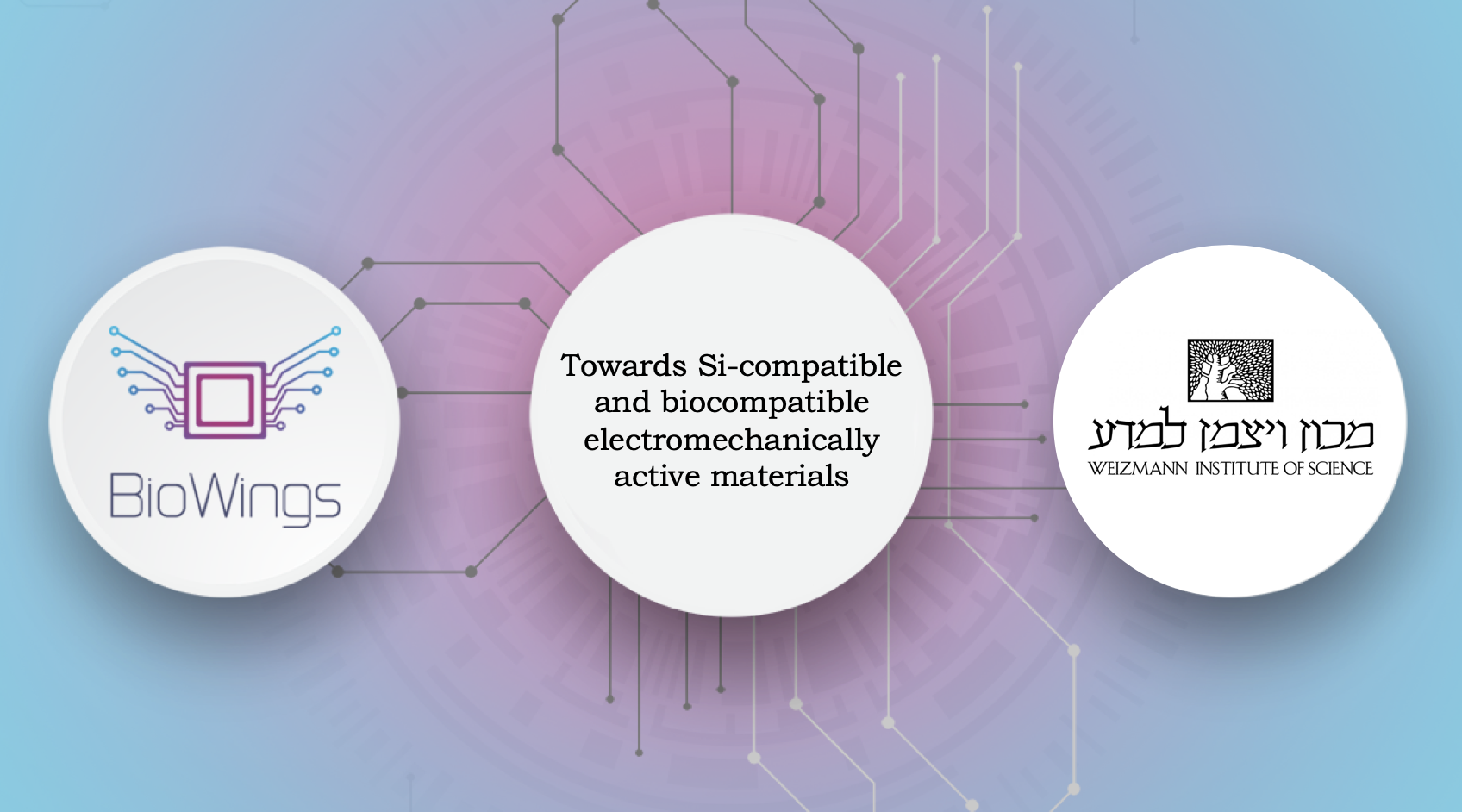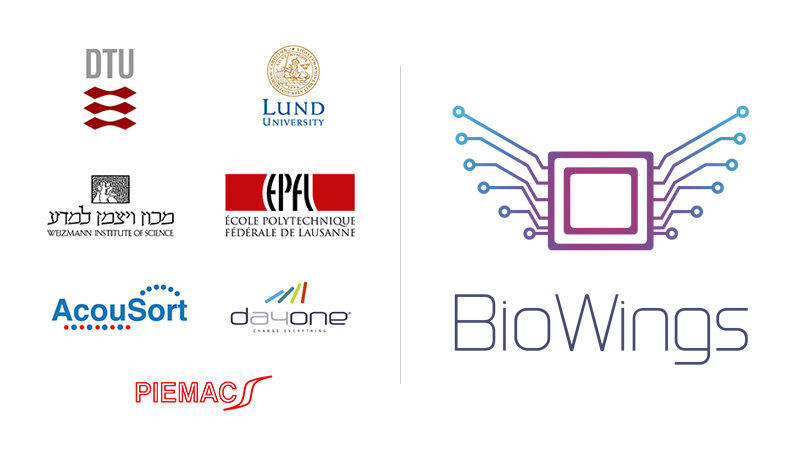
Electromechanically active materials compatible with Si-based microfabrication technologies
Towards Si-compatible and biocompatible electromechanically active materials
Weizmann for #overflyBioWings
Materials developing mechanical strain under external electric field are a backbone of a larger variety of modern technologies ranging from ultrasonic medical imaging to cellular phones.
There are, however, very few electromechanically active materials that are compatible with Si-based microfabrication technologies and biocompatible.
A few years ago, we have reported that Gd-doped ceria (GDC), a material commonly used in fuel cells, exhibits unexpectedly large electromechanical response. However, as for now, the mechanism of this response and the methods to maximize it are poorly understood. Since GDC is one of these very few materials that can be easily incorporated into Si-based microelectronic devices and biocompatible, it poses a great scientific and engineering interest.
Within the framework of the BioWings project, the group of the Weizmann Institute of Science is responsible for three tasks:
- development of the microfabrication techniques suitable for microfabrication of GDC. This includes three aspects: (i) development of thin film deposition techniques providing control of the composition (i.e. Gd-content) and electrical properties; (ii) development of patterning methods, i.e, the methods with which the excess of GDC can be removed. This is a particularly difficult problem because GDC is chemically inert and none of the conventional etching methods are applicable; (iii) management of stress and strain in the films to use them to make micromechanical actuators for integrated medical devices;
- development of contact materials, chemically and electrically compatible with GDC. This part of the project is related to understanding the processes taking place at the boundary between GDC and various metallic and metal-like conductors to avoid the formation of the barrier layers and maximize electrostrictive response;
- tuning the chemical composition of doped ceria to search for the best performance. Since the nature of the electrostriction effect in doped ceria is not well understood, one can expect that tuning the composition of the ceria with various dopants may significantly improve the electromechanical response and the mechanical reliability of the material.






